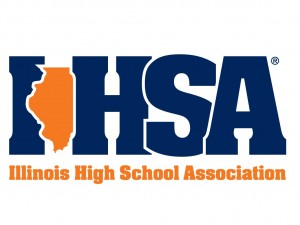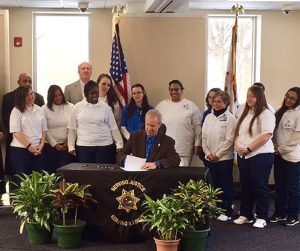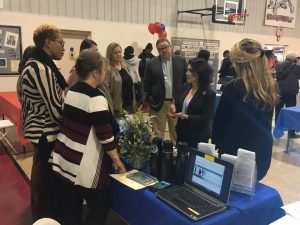General Assembly should swiftly move cleanup
SPRINGFIELD – A compromise negotiated this week has paved the way for more Illinois schools to participate in the Invest in Kids scholarship tax-credit program, Illinois Gov. Bruce Rauner announced yesterday. The move leaves the General Assembly clear to act swiftly to fully implement the requested cleanups to the state’s historic funding law.
“We have worked with schools, advocates, legislators from both parties, the Illinois Department of Revenue and the Illinois State Board of Education to ensure that more schools will be able to participate in the Invest in Kids Program,” Rauner said.
 The compromise announced today allows ISBE to notify IDOR in real time as new schools become recognized, eliminating the lag time that prevented schools from participating in this program.
The compromise announced today allows ISBE to notify IDOR in real time as new schools become recognized, eliminating the lag time that prevented schools from participating in this program.
Earlier this month, the governor used his amendatory veto power to address an issue that prevented a number of schools from participating in invest in kids; they had not achieved “recognition” status by the Illinois State Board of Education in time.
“We encourage swift passage in the General Assembly of legislative language necessary to correct the other unintended consequences so the historic school funding law can be fully implemented,” Rauner said.
Invest in Kids is a scholarship tax-credit program that gives low- to middle-income students the opportunity to attend nonpublic schools that best meet their needs.
“I applaud Governor Rauner for taking action, and working with us in a bipartisan way, to ensure that even more schools, students and families in Illinois have the opportunity to participate in Invest in Kids,” said State Rep. La Shawn K. Ford, D-Chicago. “I look forward to continuing to work with the governor to support schools across Illinois.”
Going forward, ISBE has committed to accepting applications for initial nonpublic school recognition on a rolling basis throughout this school year. An updated list of schools that are recognized has been posted on the ISBE website. That list will continue to be updated as new schools reach this status.
Advocates including Robert Gilligan, executive director of the Catholic Conference of Illinois, Rabbi Shlomo Soroka, director of Government Affairs for Agudath Israel of Illinois, Nakisha Hobbs, principal and co-founder of the Village Leadership Academy, and Myles Mendoza, executive director of Empower Illinois, lauded the bipartisan, collaborative compromise that gives Illinois families more choices when it comes to educating their children.
“Once again, bipartisan leadership worked together to benefit the education of all Illinois children,” said Gilligan. “The Catholic Conference of Illinois, on behalf of the state’s Catholic schools, is grateful for this latest effort by the governor and legislators, along with the Illinois State Board of Education, to find a solution that allows more families to apply for a tax-credit scholarship so their children can attend a recognized school of their choice.”
“Following discussions with stakeholders, a solution ensuring the participation of all schools that become recognized was achieved,” said Rabbi Soroka. “Agudath Israel of Illinois thanks the Rauner Administration, the bipartisan group of legislators, the Illinois State Board of Education, the Illinois Department of Revenue and advocates who worked together to provide quality educational options to more students.”
“Over the past few weeks I’ve worked closely with State Rep. La Shawn K. Ford, the Governor’s Office, African-American school leaders and other education advocates from across the state to ensure that all high-quality schools had a path to participation in the inaugural year of the Invest in Kids Tax Credit Scholarship Program,” said Hobbs. “I am grateful to Governor Rauner’s administration for its demonstrated commitment to inclusion, and to Representative Ford for his unwavering and effective leadership.”
Empower Illinois also praised the collaboration. “This was a bipartisan effort by lawmakers, schools and advocates to expand quality education options for students across Illinois,” said Mendoza. “There is clear unity on the value of this program, as the demand for scholarships by families continues to grow. Today is a victory for Illinois kids.”
“Thanks to this collaborative, bipartisan effort,” Rauner said, “families in Illinois will have more choices when it comes to the education of their children.”









